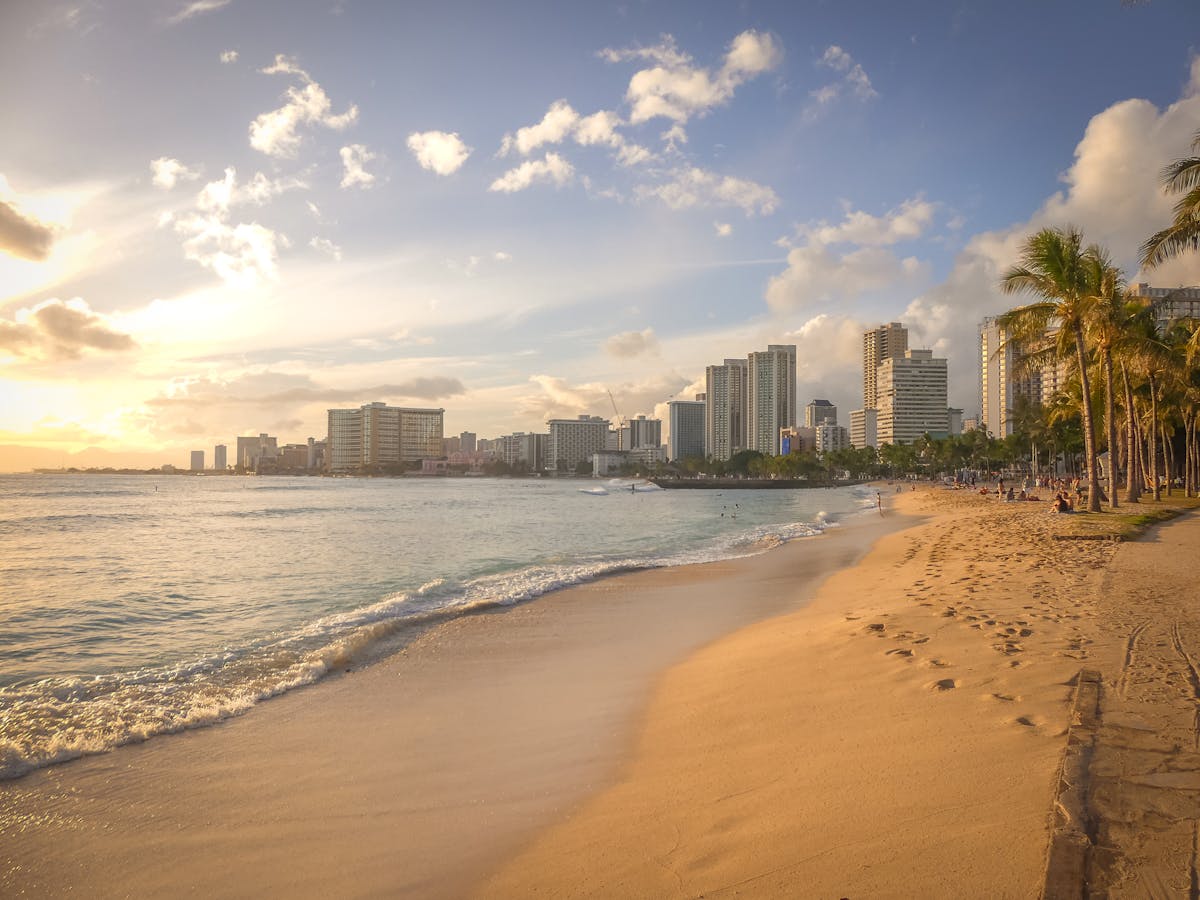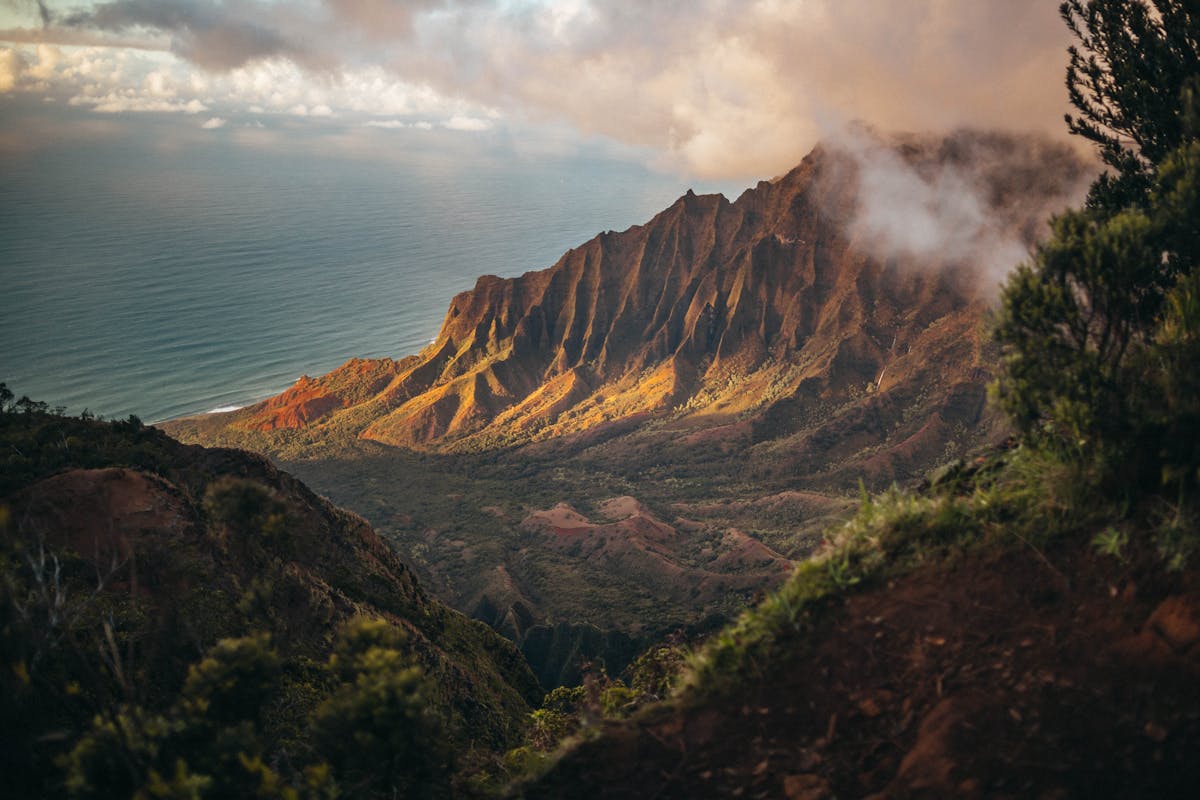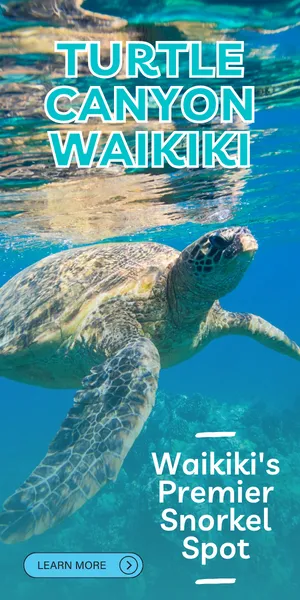Honolulu, the vibrant capital of Hawaii, is more than just a surfing hotspot and a gateway to island adventures. Beneath its sparkling Pacific waves lies a rich, colorful underwater world waiting to be explored. Snorkeling Honolulu offers an unparalleled opportunity to come face-to-face with diverse marine life and breathtaking coral formations, making it a must-do activity for any visitor seeking natural beauty and ocean connection.
The unique geography and protected bays around Honolulu provide ideal conditions for snorkeling. Clear waters, calm lagoons, and thriving reef ecosystems make it accessible and rewarding for snorkelers of all levels, from complete beginners to experienced underwater explorers. It’s an experience that connects you deeply with the natural heritage of this stunning island paradise.
Hanauma Bay: A Premier Snorkeling Destination
Perhaps the most famous spot for snorkeling Honolulu is the stunning Hanauma Bay State Park. This marine life conservation district is nestled in a volcanic cone and boasts incredibly clear, calm water teeming with tropical fish. Visiting Hanauma Bay is not just about snorkeling; it’s an educational experience focused on preserving the delicate marine ecosystem. The state park enforces strict rules to protect the reef and its inhabitants, ensuring a sustainable experience for future generations.

Getting to Hanauma Bay requires a bit of planning. While you can drive yourself, parking is limited and fills up very early. The fee for parking is currently $3.00 (locals with ID pay $1). Due to high demand and conservation efforts, a mandatory 48-hour advanced reservation system is in place for self-transporting visitors. These reservations open daily at 7 am Hawaii time and are required for park entry. You can book via the Honolulu Parks & Recreation website. For those without their own car, opting for a tour package that includes transportation from Waikiki and snorkel gear is a convenient alternative.
Entry fees for adults are $25.00 per person, while children 12 and under are free. Active Oahu military personnel and local residents with proper state ID also receive free entry. The park is dedicated to accessibility, offering free beach wheelchairs available from volunteers on the beach. Tram service is available between the upper level parking lot and the beach area, and it is now free of charge. There is a snack bar located at the upper level area, which is currently open.
Discover the Best of What to Do in Downtown Denver – Your Ultimate Guide
Discover the Best Brunch in Denver – A Local’s Guide
Top 10 Places to Visit in Nevada with Family for an Epic Trip
Hanauma Bay is diligently managed to allow the marine environment to recover. The park is closed every Monday and Tuesday, providing two full days of undisturbed rest for the fish and the bay. Daily operating hours are typically from 6:45 am to 4 pm, with the last entry permitted at 1:30 pm. The park is also closed on Christmas Day (December 25th) and New Year’s Day (January 1st).
When preparing for your Hanauma Bay adventure, essential items include a towel, swimsuit, reef-safe sunscreen (crucial for protecting the coral), and your park entrance fee. Small personal coolers with non-alcoholic beverages and snacks are allowed, but large coolers are prohibited. Remember, respecting the rules – like not touching the coral or fish, and using only reef-safe sunscreen – is paramount to preserving this natural wonder.
Beyond Hanauma Bay: Other Snorkeling Spots
While Hanauma Bay is iconic, Snorkeling Honolulu isn’t limited to just one location. The coastline offers several other spots worth exploring. Turtle Canyon, located just off the coast of Waikiki, is a popular site accessible primarily by boat tour. This underwater reef formation is a known cleaning station for Hawaiian Green Sea Turtles (Honu), offering an almost guaranteed chance to snorkel alongside these magnificent creatures in their natural habitat.

Other potential spots closer to Honolulu or easily reachable within a short drive on Oahu include areas like Shark’s Cove on the North Shore (more suitable in calm summer months) or sections of coastline with accessible reefs. Always check local conditions, surf reports, and heed any warning signs, as not all areas are safe for snorkeling year-round, especially during high surf.
Choosing between a dedicated snorkeling tour or a do-it-yourself trip depends on your comfort level and desired experience. Tours often provide transportation, gear, and expert guidance, making them convenient, especially for reaching offshore sites like Turtle Canyon. They also offer valuable insights into the marine life and conservation efforts. Going on your own allows for more flexibility in terms of time and location, provided you have transportation and are comfortable navigating the waters safely.
Regardless of where you choose to go snorkeling Honolulu, safety should always be the top priority. Snorkel with a buddy, be aware of your surroundings, stay clear of boat channels, and understand your limits. If you are new to snorkeling, consider taking a beginner’s lesson. Renting quality gear or bringing your own properly fitting mask, snorkel, and fins will significantly enhance your experience.
Preparing for Your Honolulu Snorkel Trip
Successful snorkeling Honolulu begins with the right preparation. First, choose the best time to visit. The summer months (May to September) typically offer the calmest waters and best visibility around Oahu. However, specific conditions can vary daily, so always check local weather and ocean reports before heading out.
Selecting the right gear is crucial. Ensure your mask fits snugly to prevent leaks and that your fins are comfortable. Consider using a defogging solution for your mask. For added safety and buoyancy, especially if you’re a beginner or planning to be in the water for an extended period, a snorkel vest is highly recommended. Many rental shops offer these as part of their packages.
Remember the importance of reef-safe sunscreen. Traditional sunscreens contain chemicals like oxybenzone and octinoxate that are harmful to coral reefs. Hawaii has banned the sale of sunscreens containing these specific chemicals, emphasizing the state’s commitment to protecting its marine environment. Look for mineral-based sunscreens containing zinc oxide or titanium dioxide that are labeled “reef-safe.”
Understanding basic snorkeling techniques will also improve your experience. Practice clearing your snorkel and mask before you get into deeper water. Learn how to breathe calmly through the snorkel. Most importantly, move slowly and deliberately in the water, disturbing the environment as little as possible. This approach is better for the marine life and allows you to observe it more closely.
Conservation is a key element of snorkeling Honolulu. These waters are home to delicate ecosystems that are vital to the health of the planet. Never touch the coral, as even a light touch can damage the living polyps. Do not feed the fish, as this disrupts their natural foraging behavior and can be harmful to them. Maintain a respectful distance from all marine life, including turtles and monk seals. These simple actions help ensure that the vibrant underwater world you experience today will be there for others to enjoy in the future.
Exploring the underwater realm is one of the most rewarding aspects of visiting Hawaii. Snorkeling Honolulu provides an accessible window into this world, offering encounters with everything from the colorful state fish, the Humuhumunukunukuāpuaʻa, to graceful turtles and schools of dazzling reef fish. Whether you choose the protected waters of Hanauma Bay or venture out on a boat tour, the memories you create will be truly unforgettable.
 A group of people snorkeling in clear blue water above a coral reef, with colorful fish swimming around them.
A group of people snorkeling in clear blue water above a coral reef, with colorful fish swimming around them.
Frequently Asked Questions About Snorkeling Honolulu
Q: Do I need to be an experienced swimmer to snorkel in Honolulu?
A: While comfortable swimming skills are beneficial, many popular snorkeling spots, especially areas within Hanauma Bay, have calm, shallow areas suitable for beginners. Wearing a snorkel vest provides extra buoyancy and confidence. Beginners may also benefit from guided tours or lessons.
Q: Where can I rent snorkeling gear in Honolulu?
A: Snorkeling gear is widely available for rent in Waikiki and near popular snorkeling locations like Hanauma Bay. Many hotels and tour operators also offer rentals or include gear in their packages. Ensure the gear fits you properly before heading out.
Q: Is Hanauma Bay the only place for great snorkeling in Honolulu?
A: No, while Hanauma Bay is famous and offers excellent conditions, there are other notable spots like Turtle Canyon (accessible by boat tour) and various coastline areas around Oahu that can be good depending on ocean conditions.
Q: What kind of marine life can I expect to see?
A: The waters around Honolulu are home to a vast array of marine life, including numerous species of colorful reef fish (like butterflyfish, tangs, and parrotfish), Hawaiian Green Sea Turtles (Honu), eels, rays, and various invertebrates like sea cucumbers and starfish.
Q: What is reef-safe sunscreen and why is it important?
A: Reef-safe sunscreen is formulated without chemicals known to harm coral reefs, primarily oxybenzone and octinoxate. Using it is vital for protecting Hawaii’s delicate marine ecosystem from chemical pollution. Look for sunscreens with mineral-based active ingredients like zinc oxide or titanium dioxide.
